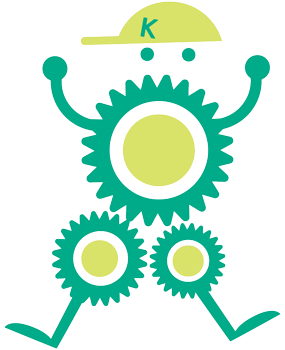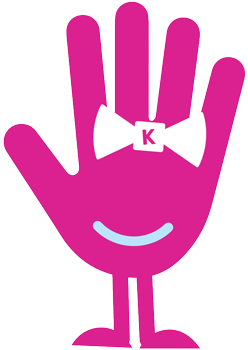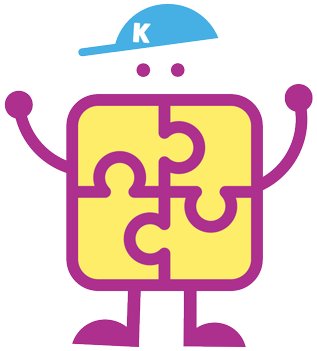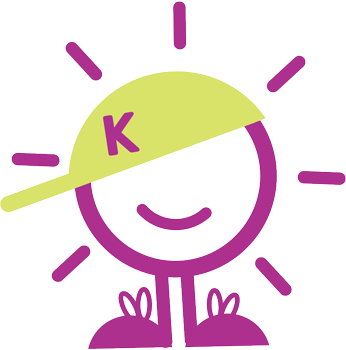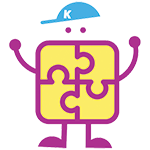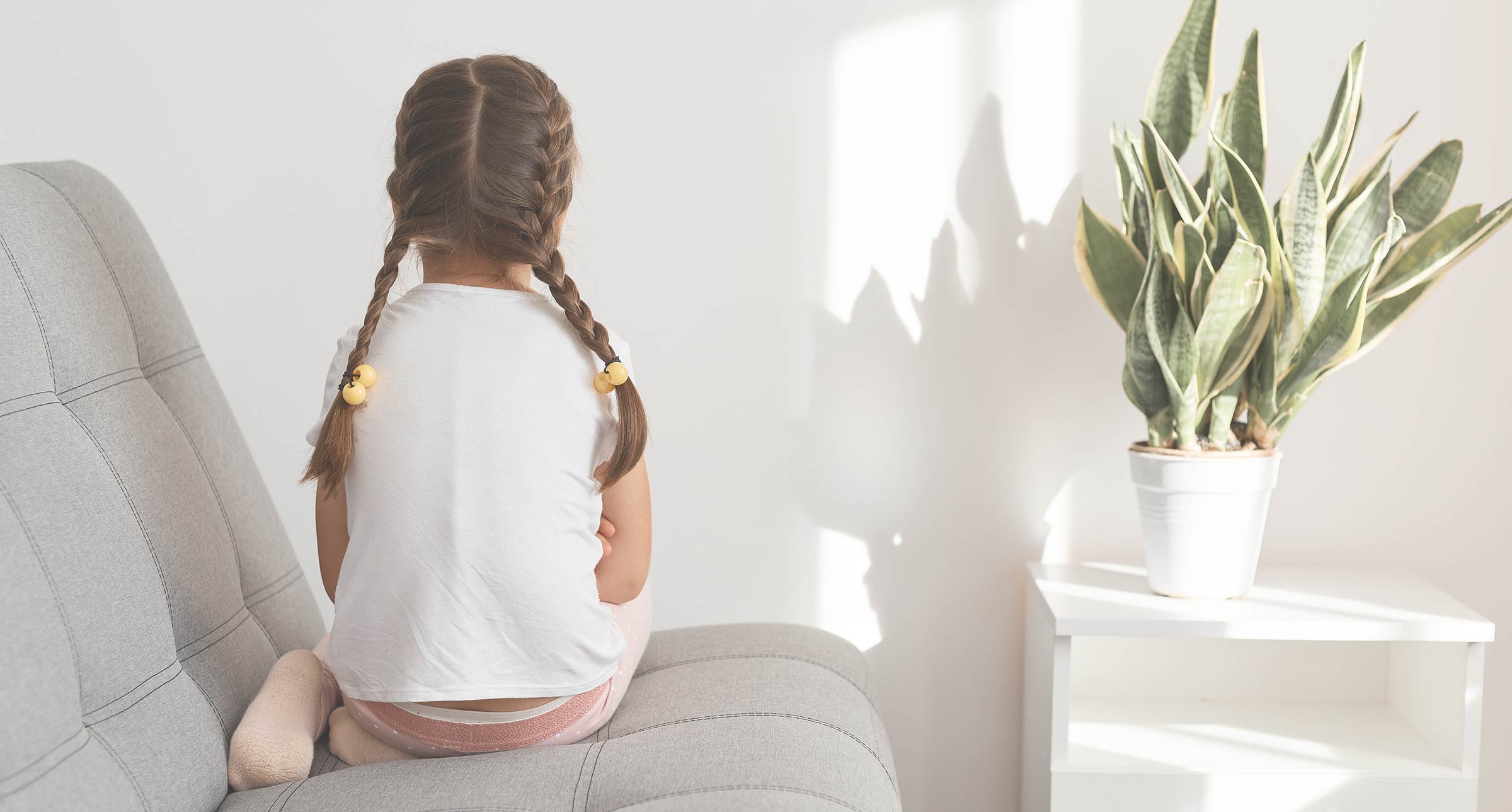Let’s discuss why time-outs are not effective
Do you ask yourself why time-outs do not work for your children?
Does it feel like your kids have difficulty listening to you no matter what you do?
Have you put them in time-out, but they cry, scream, or laugh and have the same poo behaviour afterwards?
Does the cycle repeat itself time and again?
What is a time-out?
A time-out is a punishment employed by parents where a child is made to sit independently after a child’s misbehavior. This is meant to encourage good behavior. Some children sit in a special time-out space, such as a special room on their own, and some children are told to sit on a time-out chair or ‘naughty chair.’ Time out procedures vary, and each parent who offers time outs has their method. Time outs are often a minute per the child’s age and should be a short period, essentially ‘solitary confinement for kids. Many parents think this form of discipline will lead to a change in the child’s behavior. They want to teach children that bad behavior leads to the time out to teach kids that inappropriate behavior will not be tolerated. Proponents of time outs think problem behavior can be managed by having the child sit quietly and avoid losing control. However, research in behavior therapy demonstrates that time-outs are not a great strategy, and many children do not change their behavior when put in a time out.

The Time Out Cycle
This cycle is exhausting and overwhelming. You might feel like you’ve tried it all and have no idea what to do. Let’s dive into the nitty-gritty of why time-outs don’t work.
Time outs lead to short-term results. They don’t lead to appropriate behavior.
Usually, the behaviour returns after the time out and can lead to:
- Shame
- Lack of teaching.
Shame
When you send your child to a time-out after being naughty or doing something you are not happy with, they know you feel this way. You might be screaming, yelling or sharing your disappointment with them. Psychologists call this shaming. Your parenting style may encourage these unwanted behaviors in your child. Most parents dont know this can lead to a power struggle and increased emotional dysregulation in the child.
Shame is not an effective teacher for children. It does not lead to a change in behavior to happen immediately. Researchers have shown that the brain’s response to the emotional pain from shame is similar to the brain’s response to abuse or physical pain. When a parent puts a child in time-out to communicate their disapproval or displeasure, the child experiences shame. Then, guilt takes over, and the parent’s goal to stop the original behavior is no longer the focal point. The child no longer considers the negative behavior but instead focuses on their shame. Therefore, SHAME is not a teacher.
As your child sits in time-out feeling bad, crying or pouting, the parent hopes they are experiencing learning, leading to less unwanted behavior. But this is rarely the case. Instead, the child is feeling shame and regret, and bad feelings, such as,
“I am a bad kid. Mommy and Daddy don’t like me. I cannot do anything right. So I am always in trouble.”
During a time-out, a child experiences these thoughts and feelings about who they are as a person, rather than the goal to help them think about the behavior the parent is trying to get them to stop.
Time-outs are a direct form of punishment rather than a form of discipline.

What is the definition of punishment?
The definition of punishment is anything that causes your child to feel blame, shame, or pain.
What is the result of time-outs?
Time-outs cause a child to lose self-confidence. It may bring about a spark of revenge. When your child experiences decreased self-esteem or self-confidence, they may begin to exhibit signs of anger or sadness. Your child may decide that they want revenge. They may try to ‘get back at you. They want control. They want to be the boss. Your child may try to regain power, leading to more unwanted behaviors.
Indeed, this is not your goal by implementing a time-out. Instead, it is one reason why time-outs don’t work.
Time-outs don’t teach lessons
Time-outs don’t work because they are a short-term fix. They are a band-aid. The child sits in the time-out for a few minutes, and their poor behavior stops for a few moments. It stops them from throwing food or hitting at that moment. However, when the timer goes off, and the child is free to get out of time-out, they may return to the negative behavior. This time the child may take it up a notch! They are back with a vengeance. We want to foster appropriate child development and skill attainment to calm on their own without intense outbursts.
Think of using time-outs to take a breather and to calm down
Take “time-out” to calm down. Think of it as a reset button—a pause.
When used as a positive tool, a time to calm down and pause can effectively teach a child emotional self-control. This can lead to improved behavior.
Instead of the words time-out, try using the words calm down. Or ‘time by yourself’ as we do in our family. It is a reset button—a moment to think about what is going on and learn to change the experience.
Why do these moments help more than time-outs?
The goal with time-outs are:
- To teach a child a positive lesson
- To end the problem behavior and
- For the child to understand why they should not do the undesired actions.
For these goals to be achieved, the parent needs to ensure the child listens and communicates with the parent.
How do we accomplish this through proper training?
We need to remove shame. Instead of sending a child to a time out, encourage a moment by themself. Encourage your child to take a minute or two to calm down. They can think about what they are feeling, and once they are calm, come together to review why they are acting the way they are. Then you can approach the situation with a quiet head for both you and your child. It is practical and more likely to change negative behaviors, now and in the future.
Discipline strategies that work
Don’t force your child.
It is okay to sit with your child if they choose to have you help them calm down. But, ideally, they have a moment on their own, without your presence. This will teach them essential independence and self-regulation skills.
Remember, you are your child’s teacher and guide. You are not their enemy. Your goal is to stop a behavior from reoccurring. Therefore, you need to be a positive teacher and role model. You want to provide positive feedback when they end the problem behaviors. Your child learns how to get your attention positively. They will learn to stay calm through this positive reinforcement.
Effective Calm Downs teaches your child important lessons.
Once your child is calm and has time to stop yelling or crying, it is time for you to teach them important lessons that will last a lifetime.
Once the calm-down time is over;
- Make eye contact, connect with your child, and say something like, “I love you very much. I am sorry you are upset. I am here to help you in any way I can.”
- Describe what occurred leading to the calm down period and label your child’s feelings. “I see you are throwing your toys. I know you are excited, but we should not throw the toys.”
- Describe what would be a better choice. “When we throw the toys, they can break, or someone might get hurt. How should we put the toys down? Yes, we should gently put them on the ground.”
- Involve your child as you role model the desired behavior. ” Together, let’s pick up the toys and put them away.”
- Reiterate the desired behavior. “Please remember not to throw your toys and play with them gently, just like we practiced.”
- Encourage your child to play again. Be there to support, guide, and teach your child.
Teach, practice, and role model
When a child makes poor choices again, try not to get upset. Instead, offer another opportunity to practice calming down and repeat the same process. Young children often require multiple learning opportunities to develop independent skills. Therefore, they need a lot of practice, just as we do when learning new skills. If the behavior keeps occurring, try more calm down periods, and if this isn’t enough, consider playing another game, taking a walk, or consider a break for a meal or a rest period.

FAQs – Frequently Asked Questions
Should I put my child in a time-out when they are naughty?
While many parents use time-outs with their children, time-outs have not been found to be helpful. Time outs don’t teach children how to calm down and change their behavior. They can lead to shame and even worse behavior. Instead, focus on a period to calm down, or ‘time ins’ where a child has an opportunity to think about why they are upset and calm down, before discussing what led to the emotional outburst.
Positive Discipline Approaches – How Can I Positive Reinforcement if My Child Continues to be naught?
Teaching your children lessons takes time and patience. These skills will last a lifetime, and they need to be practiced repeatedly. Being your child’s support system and role modelling and practicing these skills will help build their confidence and self-esteem. You will achieve the results you desire.
Focusing on punishment, blame, and shame will lead to the same poor behavior and prevent your child from learning the skills necessary to avoid the same behaviors in the future.
Remember to focus on opportunities to calm down instead of time-outs to create teachable moments for your child to learn coping skills and life lessons that will last forever.




